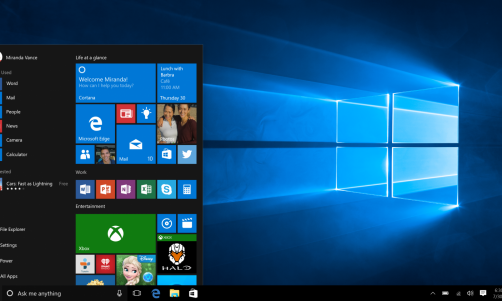One of James Webb Space Telescope's (JWST or Webb) instruments is now ready to do science.
NASA recently announced it is greenlighting one of Webb's instruments for operations as it gets closer to being a commissioned space telescope.
Webb was designed to be the successor of the Hubble Space Telescope and provide scientists with data about the big bang and what the solar system looked like in its earliest days.
Webb's NIRISS Greenlighting Details
NASA mentioned in its announcement that one of Webb's four primary scientific instruments, the Near-Infrared Imager and Slitless Spectrograph instrument (NIRISS), has concluded its postlaunch preparations and is now ready for use in scientific operations.
The last NIRISS mode NASA checked off before it greenlighted the instrument was the NIRISS' Single Object Slitless Spectroscopy (SOSS) capability, which uses a specialized prism.
The prism the SOSS mode uses disperses light from a cosmic source to create three distinctive spectra (or rainbows, if you will) that reveal the hues of more than 2,000 infrared colors collected simultaneously in a single observation.
As such, the SOSS mode is ideal for probing the atmospheres of transiting exoplanets, like those that happen to eclipse their star from time to time.
Webb's SOSS mode can observe the star's light during and before or after an exoplanet eclipse it, allowing experts to determine whether or not the exoplanet has an atmosphere and what atoms and molecules are in it.
Webb's NIRISS, which is a Canadian contribution, was found to be performing significantly better than NASA's expectations of it, according to Université de Montréal astronomical instrumentation expert and exoplanet researcher René Doyon.
Read More: All Tesla Vehicles Can Now Have Apple's CarPlay Support Thanks To Polish Developer
Doyon also added that he is excited about the thought of being able to start scientific operations using Webb and its many instruments scientific operations, particularly probing exoplanet atmospheres with NIRISS.
Webb's NIRISS will work in conjunction with Canada's fine guidance sensor (FGS) to allow the telescope to point at targets from its deep-space location precisely.
Both the FGS and Webb's NIRISS were built by Honeywell and funded by the Canadian Space Agency, according to Space.com. These contributions guarantee that Candian researchers have a share of the science on Webb, which is expected to have a "steep competitive proposal process" during its 20-year operation.
Webb's Status
Webb is currently going through the last few days of its commissioning process before it receives the honor of being a commissioned observatory this summer.
NASA mentioned it would be releasing the first official pictures Webb took as a commissioned observatory on July 12.
Additionally, NASA plans to use Webb's infrared instruments to properly observe and take photos of the supermassive black hole at the center of the Milky Way galaxy, named Sagittarius A*, along with the study of exoplanets.
Associate Professor Caitlin Casey, the University of Texas at Austin Department of Astronomy, said that the Webb would surpass Hubble as it allows astronomers to extend their look farther into space, find the first stars and galaxies, and even go back in time.
Webb was reported to be capable of giving humanity a glimpse of what happened 250 million years after the Big Bang, which is a period earlier than the Hubble Space Telescope could do.
Related Article: NASA Wants Its James Webb Space Telescope To Study the Milky Way's Monster Black Hole














